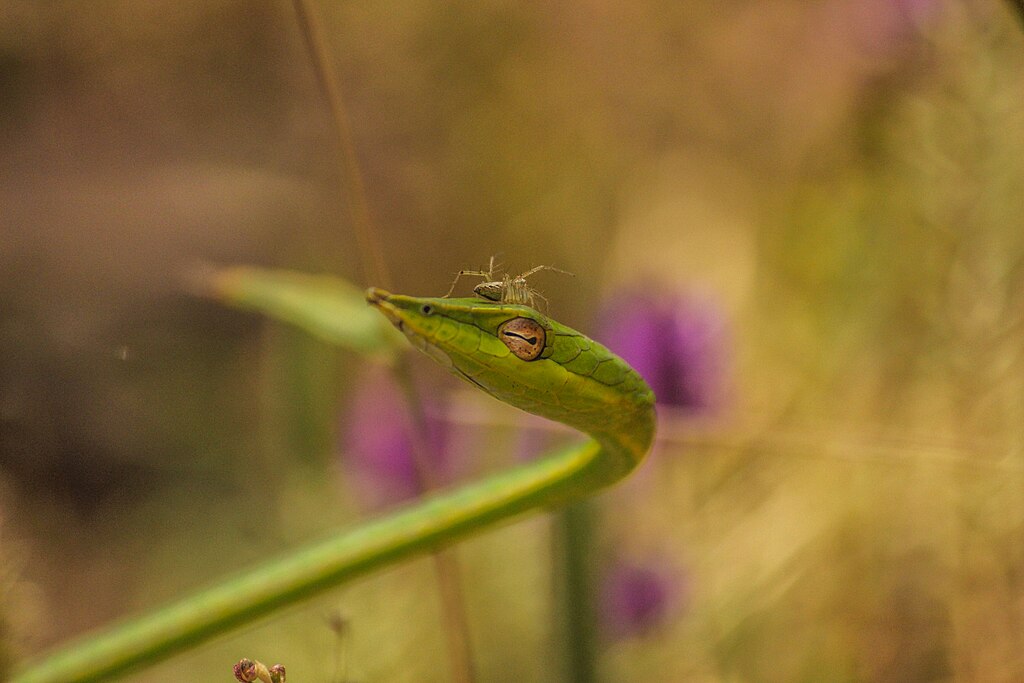Keeping multiple snakes in a single enclosure might seem like an efficient use of space, but it requires careful consideration and understanding of snake behavior. Unlike some social reptiles, many snake species are solitary by nature and may not adapt well to sharing their living quarters. This guide explores the critical factors to consider before housing snakes together, helping you determine whether your pet snakes could be compatible tankmates or if separate enclosures would be the safer, more appropriate choice.
Understanding Natural Snake Behavior
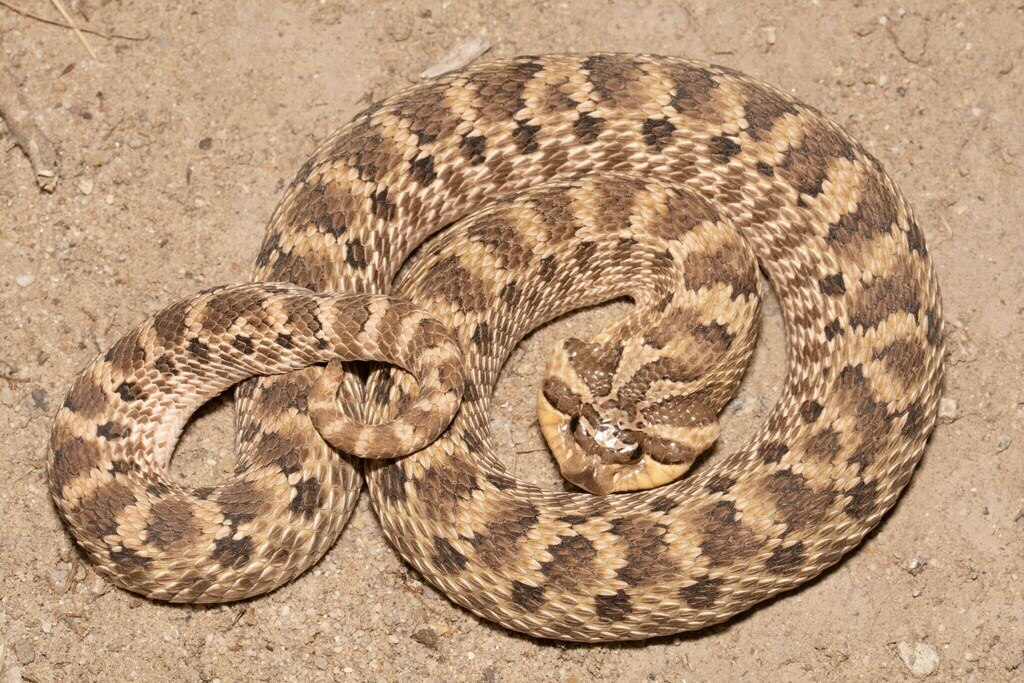
In the wild, most snake species lead solitary lives, coming together primarily for breeding purposes rather than social interaction. This solitary nature is deeply ingrained in their behavioral patterns and instincts, making cohabitation potentially stressful for many species. Snakes typically establish territories and hunting grounds that they defend from other snakes, which can translate to aggressive behaviors when forced to share captive spaces. Even species that may occasionally overlap territories in the wild generally maintain individual spaces and avoid direct competition for resources. Understanding these natural behaviors provides essential context for evaluating whether any two snakes might tolerate shared living arrangements.
Species Compatibility Considerations

The species of your snakes is perhaps the most crucial factor in determining compatibility. As a fundamental rule, different species should never be housed together due to varying environmental needs, potential disease transmission, and predatory relationships. Even within the same species, some are more amenable to cohabitation than others. For example, garter snakes and some other natricine species (water snakes) can sometimes cohabitate successfully, as they may form loose aggregations in the wild. Conversely, many popular pet species such as ball pythons, corn snakes, and boa constrictors are strictly solitary and typically should not share enclosures with any other snake. Research specific to your snake’s species is essential before considering tankmates.
Size and Strength Disparities
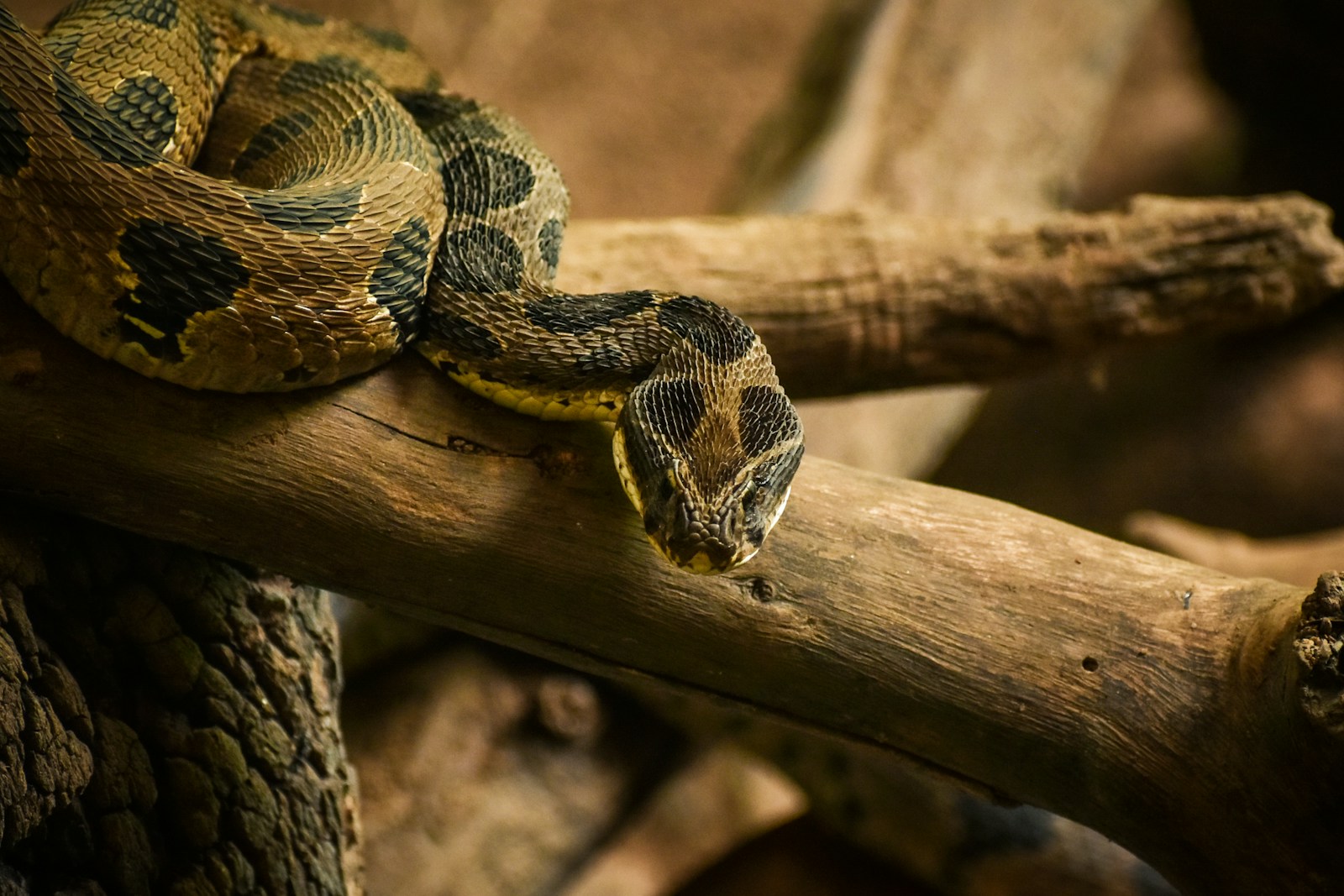
A significant size difference between two snakes can create dangerous power imbalances within a shared enclosure. Larger snakes may inadvertently injure smaller ones during movement or competition for resources. More concerning is the risk of predation, as many snake species are opportunistic feeders that may view smaller snakes as prey. This predatory response can emerge even between snakes that have cohabitated without incident for extended periods. A general rule of thumb is that snakes should be of similar size and build if any cohabitation is considered. However, even size-matched snakes can still engage in combat or competition, especially during feeding times or breeding seasons.
Gender Dynamics and Reproductive Considerations
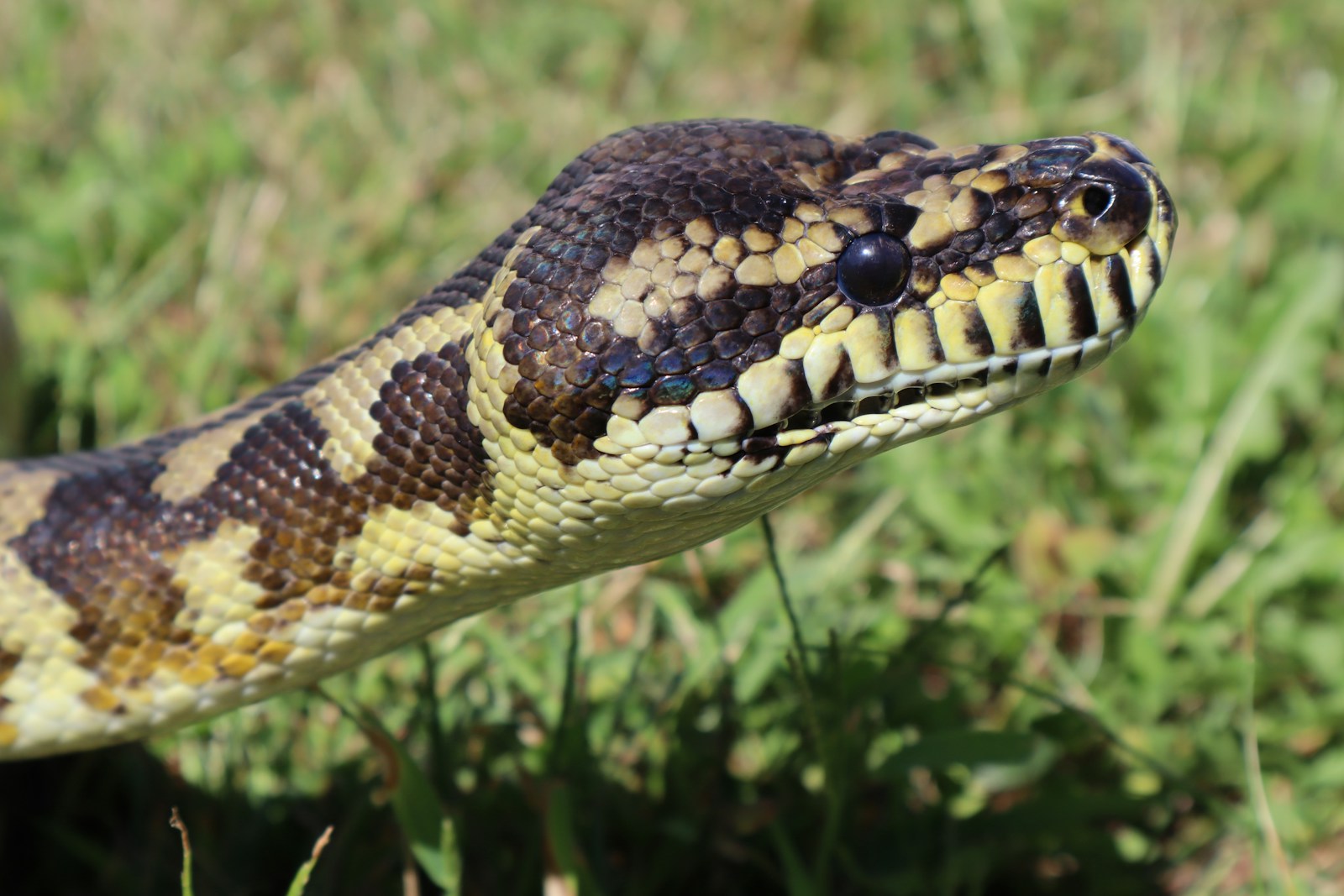
The sex of your snakes plays a critical role in their compatibility as tankmates. Male snakes of the same species often engage in combat behaviors, particularly during breeding season, as they compete for access to females. These confrontations can result in serious injuries or chronic stress. Female snakes generally show less aggression toward each other, though exceptions exist, especially when resources are limited. Some breeders temporarily house a male and female together for breeding purposes, but this arrangement should be closely monitored and typically not maintained long-term. The safest arrangement, if cohabitation is necessary, is often a small group of females without any males present.
Temperament and Individual Personality
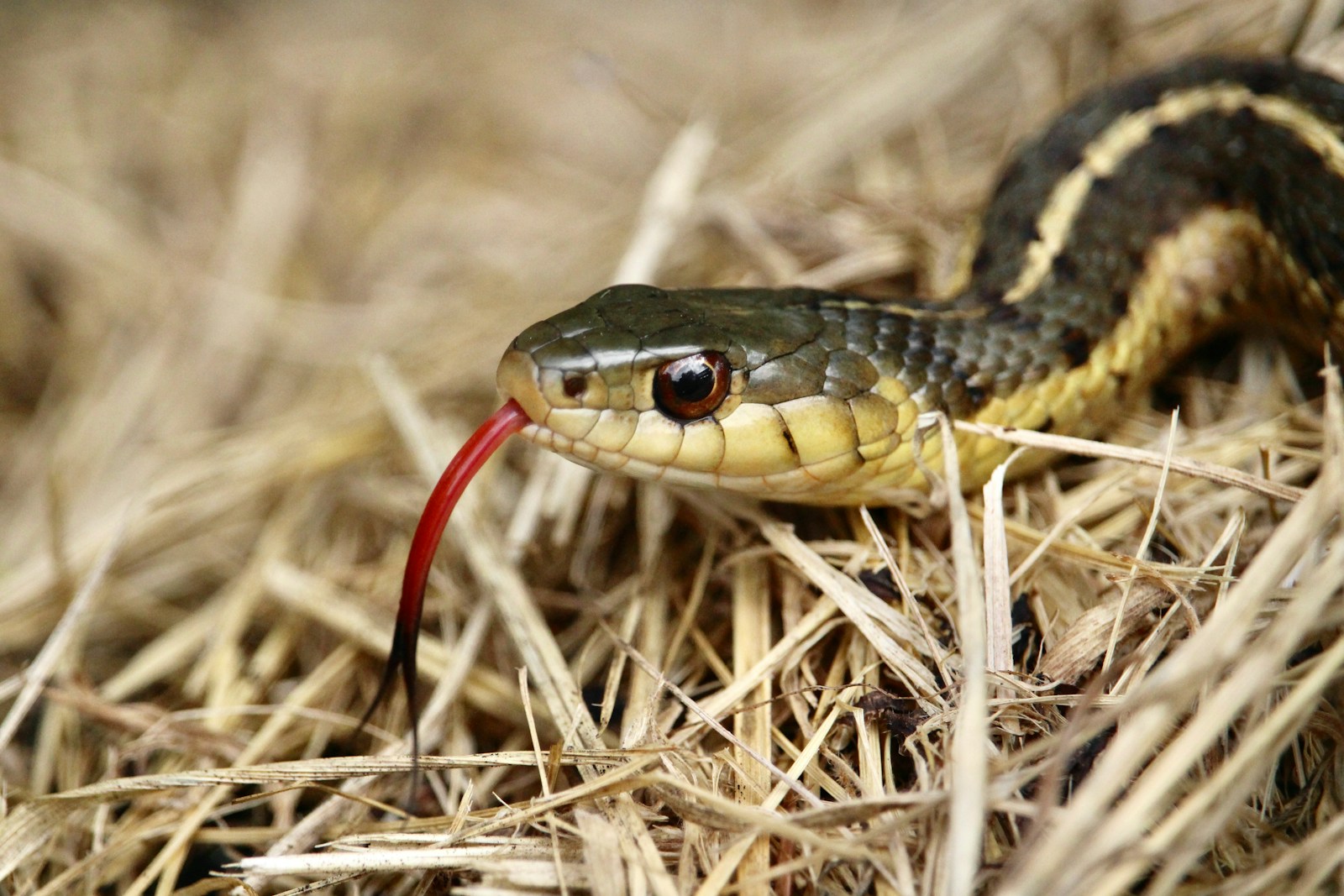
Just like other pets, individual snakes display unique temperaments that influence their compatibility with potential tankmates. Some specimens may be naturally more aggressive or territorial, while others exhibit relatively docile behaviors. These individual differences can exist even within the same species or clutch of siblings. Before considering cohabitation, observe each snake’s behavior in their separate enclosures over an extended period. Signs of an aggressive temperament include defensive posturing, striking at movement outside the enclosure, or aggressive feeding responses. Even naturally calm species can have individuals with temperaments unsuited for cohabitation, highlighting the importance of evaluating each snake as an individual rather than making decisions based solely on species.
Feeding Behaviors and Resource Competition

Feeding time presents one of the greatest risks in multi-snake enclosures, as the introduction of food can trigger predatory instincts and competitive behaviors. Snakes may mistake tankmates for prey, especially when the scent of food is present, leading to cases of attempted cannibalism or serious bite injuries. Competition for food can also result in one snake consistently outcompeting others, leading to nutritional deficiencies in the less dominant individuals. Some keepers attempt to mitigate these risks by feeding snakes separately or monitoring feeding closely, but these measures don’t eliminate the underlying competitive instincts. The stress associated with feeding competition can also compromise immune function and overall health even when no direct injuries occur.
Space and Habitat Requirements
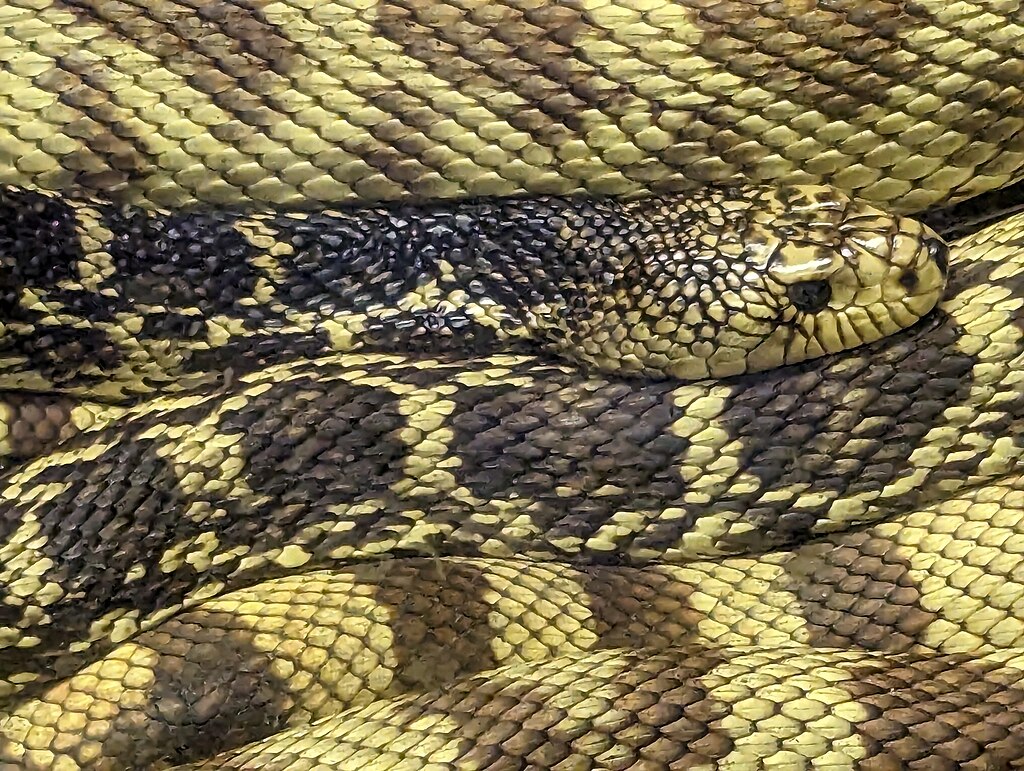
Adequate space is essential if multiple snakes are housed together, with significantly more room required than for a single specimen. The enclosure should be large enough to allow each snake to establish its own territory and retreat from interactions when desired. Multiple hiding spots, basking areas, and water dishes should be provided to minimize competition for these essential resources. Vertical space is also important, allowing climbing species to utilize different levels of the enclosure. As a general guideline, an enclosure for two snakes should be at least twice the size recommended for a single specimen, with even more space preferred to reduce territorial disputes. Crowded conditions invariably lead to stress, compromised immune function, and increased aggression.
Signs of Compatibility Problems

Recognizing signs of incompatibility early can prevent serious injuries or chronic stress. Common indicators of problematic cohabitation include one snake consistently hiding while the other occupies prime basking or sheltering locations. Weight loss or refusal to feed by one or both snakes often signals stress from competition or intimidation. Physical symptoms such as scale damage, bite marks, or abnormal shedding patterns may indicate direct conflict between the snakes. Behavioral changes like increased defensive posturing, unusual restlessness, or attempting to escape the enclosure can also suggest compatibility issues. If any of these signs appear, separation should be immediate rather than waiting for the situation to potentially escalate to serious injury.
Quarantine and Health Considerations

Before introducing any snakes to a shared enclosure, a strict quarantine period is essential to prevent disease transmission. New snakes should be kept in isolation for at least 90 days while monitoring for parasites, respiratory infections, or other health concerns. Even after quarantine, housing multiple snakes together increases the risk of rapid disease spread if one animal becomes ill. Stress from cohabitation can further compromise immune function, making snakes more susceptible to illness. Regular health monitoring becomes more critical in shared enclosures, with particular attention to weight changes, eating habits, and stool quality. Remember that some pathogens can be carried asymptomatically by one snake but cause severe illness in another, even of the same species.
Trial Introductions and Monitoring
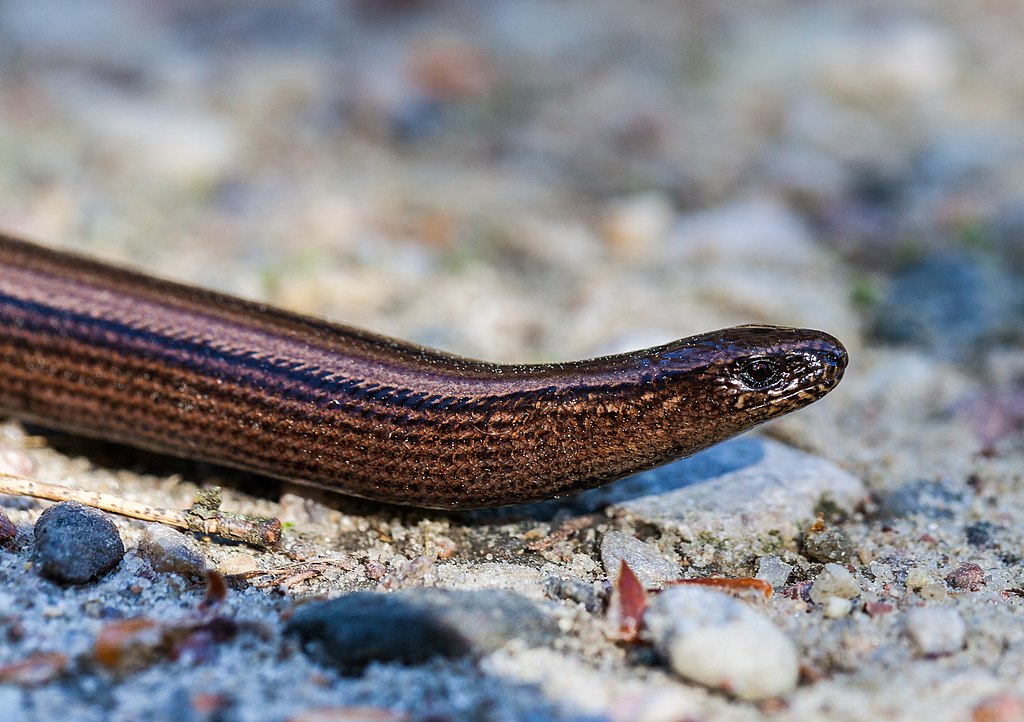
If all other factors suggest potential compatibility, carefully supervised trial introductions can help assess how two snakes might interact. These trials should occur in neutral territory—an enclosure that neither snake has previously inhabited—to prevent territorial responses. Start with short periods of supervised interaction, perhaps 30-60 minutes, while observing closely for signs of stress or aggression. Never leave newly introduced snakes unattended during these trial periods. If the snakes demonstrate passive coexistence over multiple trial sessions, gradually increase the duration while continuing careful monitoring. Document behaviors during each session, looking for consistent patterns rather than making decisions based on single interactions.
Enclosure Design for Multiple Snakes

If you determine that cohabitation might be viable, specific enclosure design elements can help promote successful tankmate relationships. Create visual barriers using plants, decorations, or enclosure features that block direct line of sight between snakes in different areas. Provide multiple identical hiding spots, basking areas, and water sources to reduce competition—ideally more options than the number of snakes. Temperature gradients should be established across the enclosure, allowing snakes to thermoregulate without competing for optimal temperature zones. Substrate depth should be sufficient for burrowing species to create separate retreats. Remember that these design elements don’t guarantee compatibility but can help mitigate some common sources of conflict.
Alternatives to Cohabitation
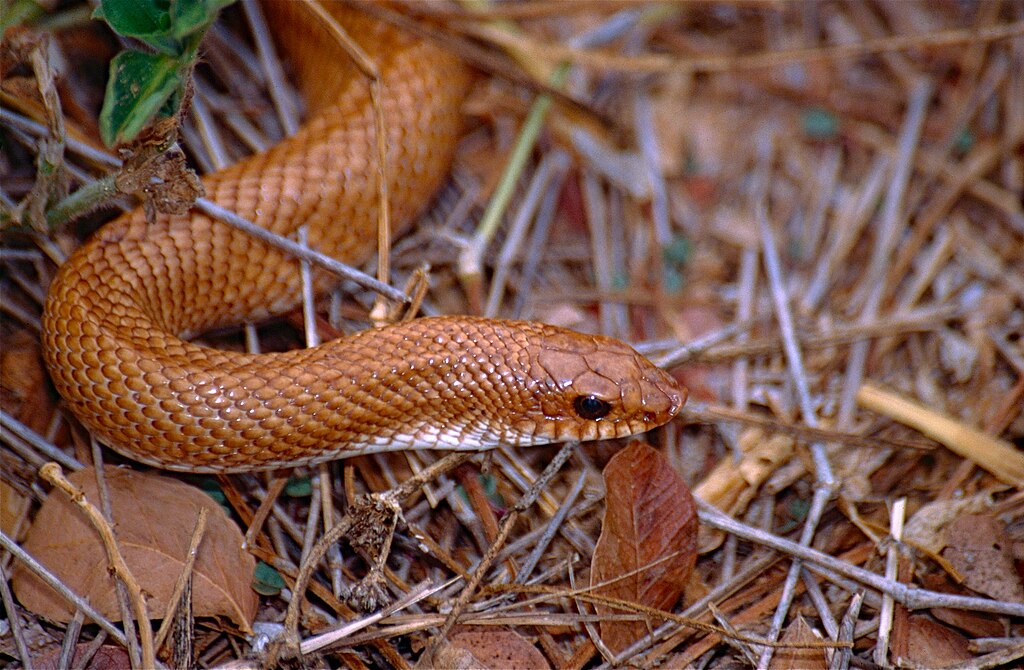
Given the challenges of housing snakes together, many experienced keepers opt for alternative approaches that prioritize each snake’s wellbeing. Individual enclosures remain the gold standard for most pet snake species, allowing customized environments tailored to each snake’s specific needs. For keepers with space constraints, rack systems offer efficient use of space while maintaining separate environments. Some keepers use divided enclosures with secure barriers that prevent physical contact while allowing snakes to share heating elements or other infrastructure. These alternatives eliminate the risks associated with direct competition and potential aggression while still addressing practical concerns about space or resource management.
Expert Consensus and Final Considerations
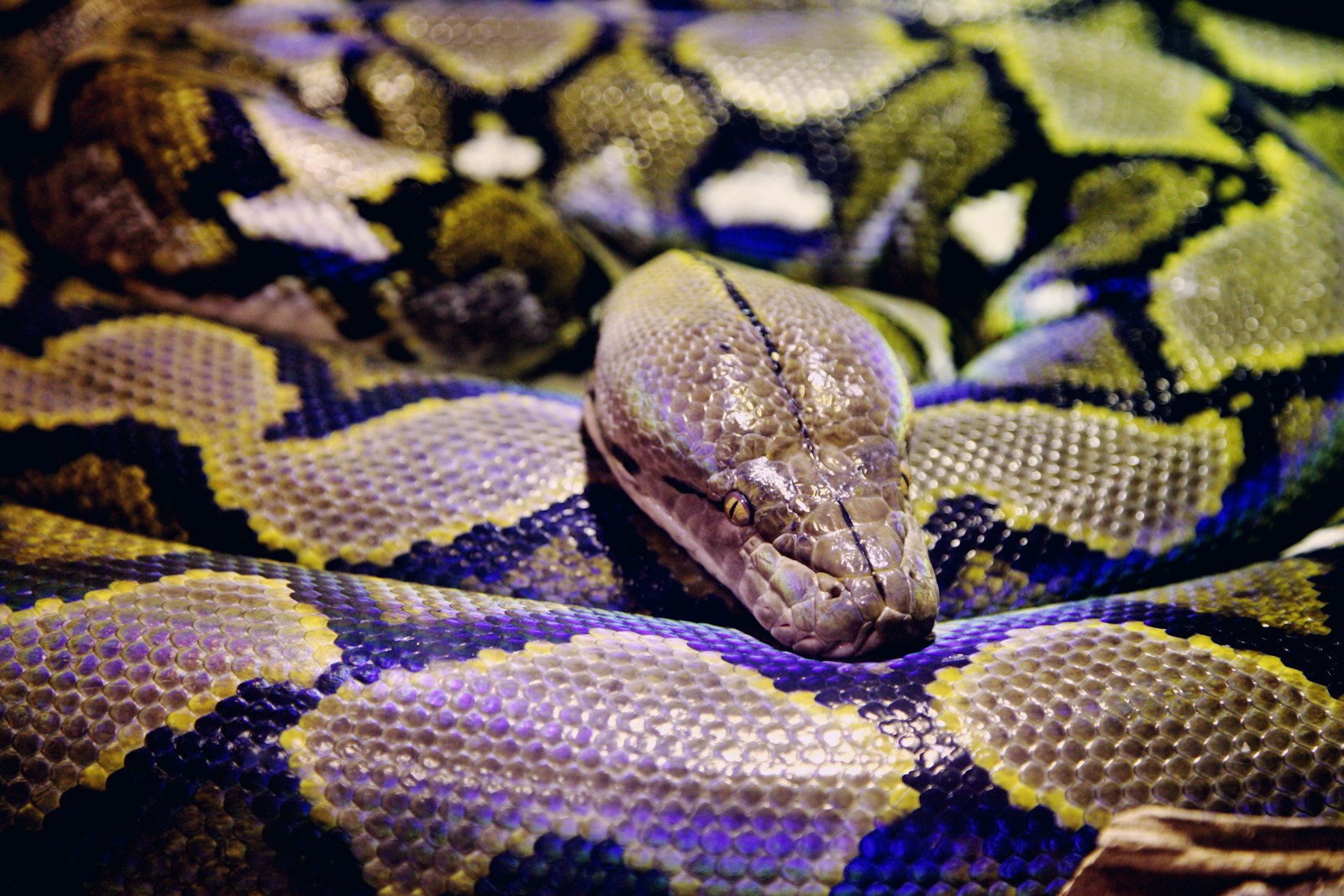
The majority of herpetological experts and experienced snake keepers recommend against cohabitation for most pet snake scenarios. While exceptions exist for certain species under specific circumstances, the potential risks typically outweigh the benefits from the perspective of animal welfare. Convenience for the keeper should never be the primary motivation for housing snakes together. If considering cohabitation, consult with specialized veterinarians, breeders with specific experience in your species, or herpetological societies for species-specific guidance. Remember that even successfully cohabitating snakes require significantly more monitoring and management than those kept individually, representing an increased time commitment rather than a reduction in care requirements.
Conclusion
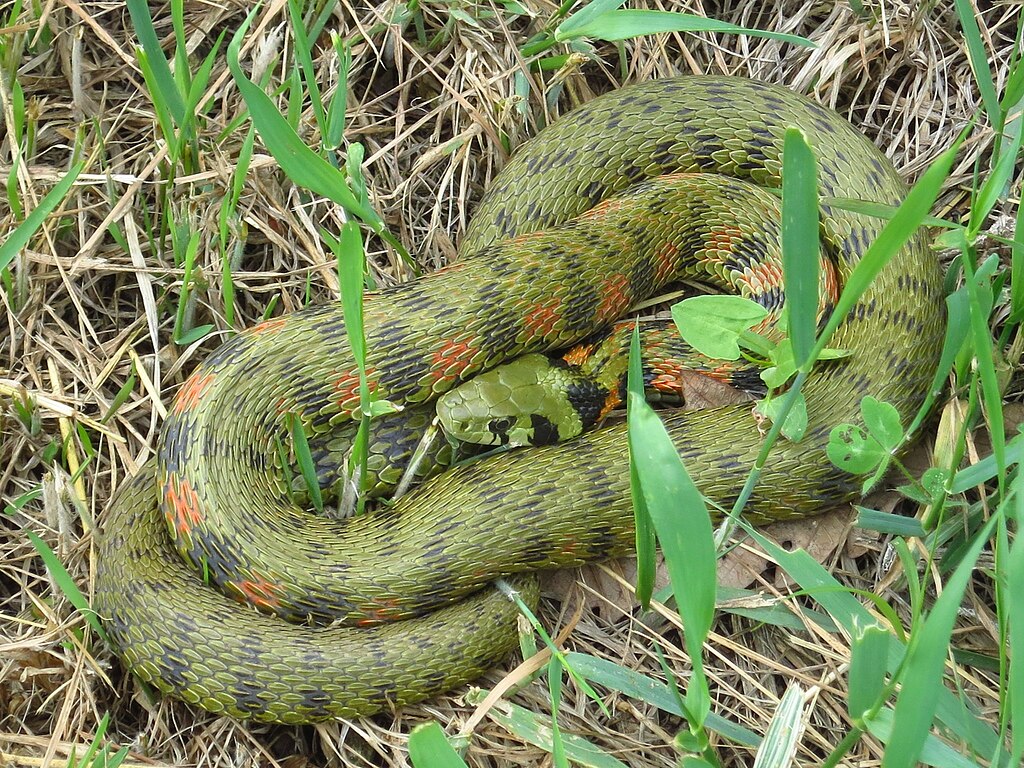
While housing multiple snakes together may seem appealing, it requires careful consideration of numerous factors including species, size, gender, temperament, and resource needs. For most pet snake owners, separate enclosures remain the safest and most responsible housing option, eliminating the risks of aggression, competition, and stress. If you do determine that your snakes might be compatible tankmates based on thorough research and observation, proceed with extensive preparation, gradual introduction, and ongoing vigilant monitoring. Remember that your primary responsibility is to provide an environment where each snake can thrive, and sometimes the best way to fulfill that duty is by giving each snake its own space to live according to its natural behaviors.

